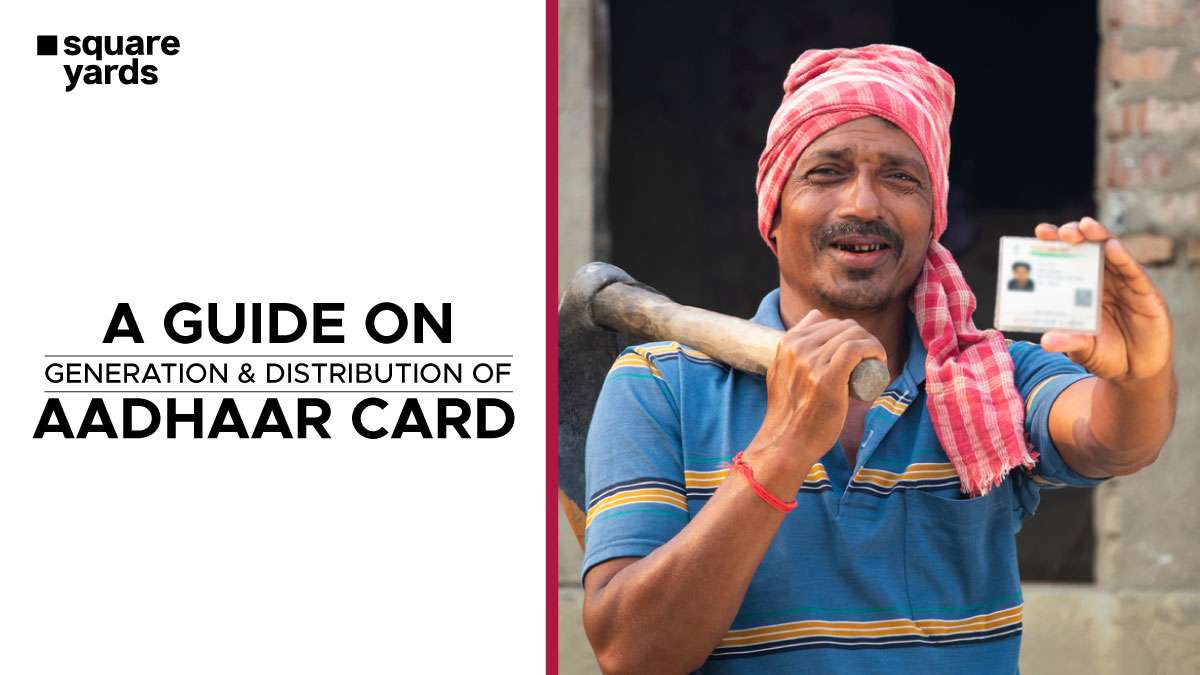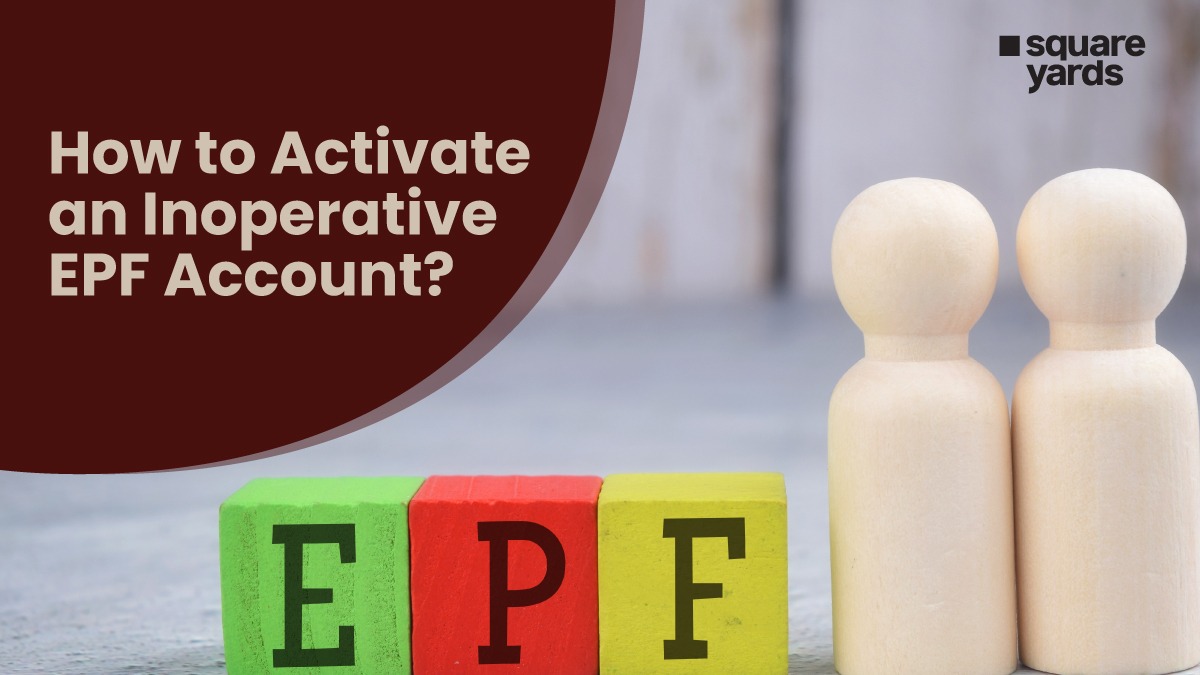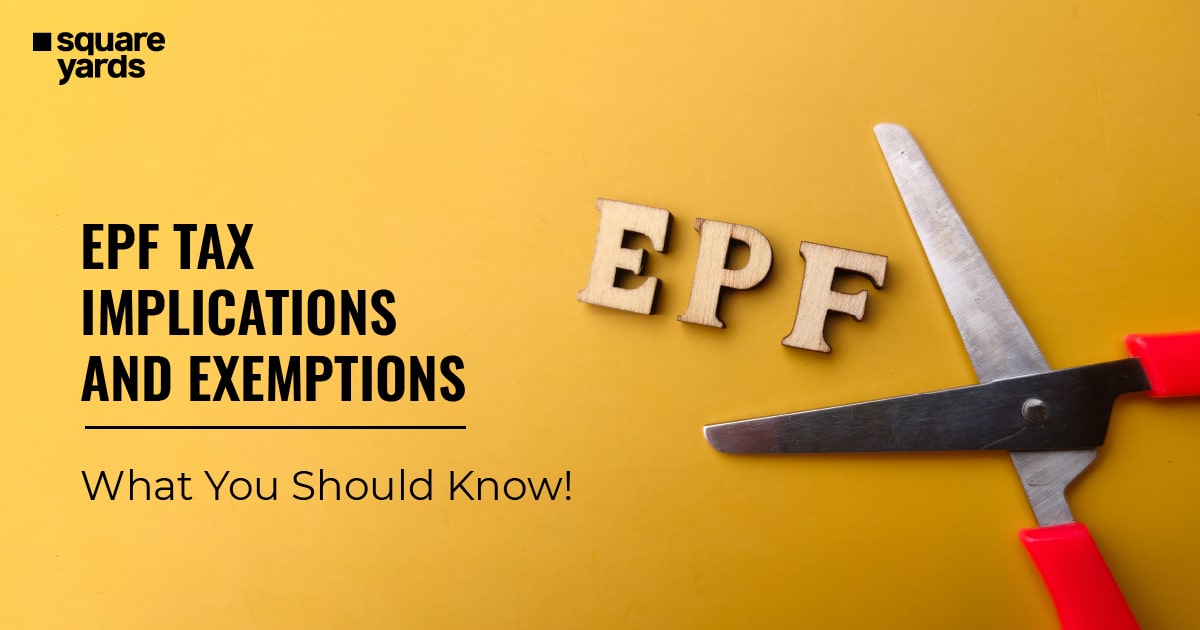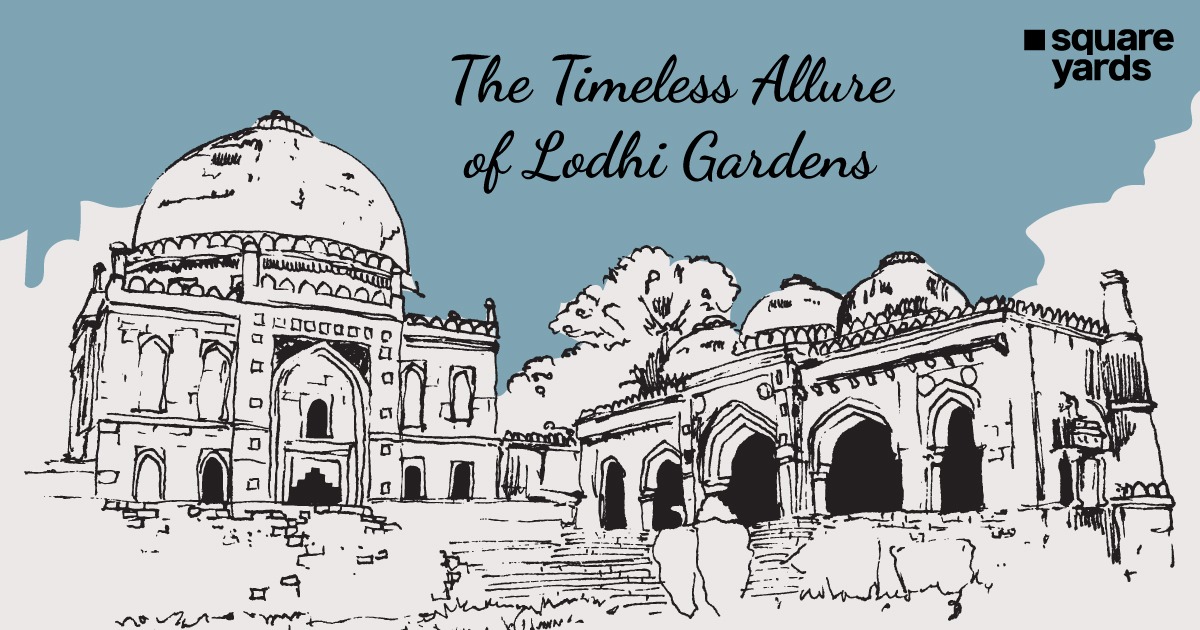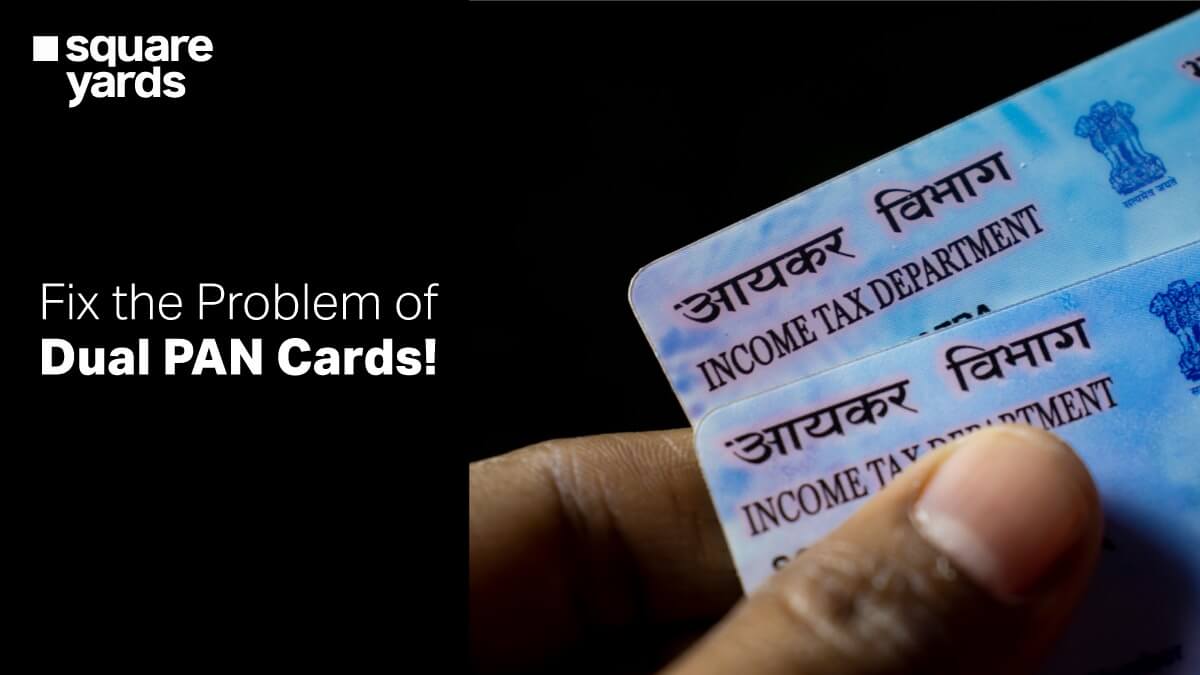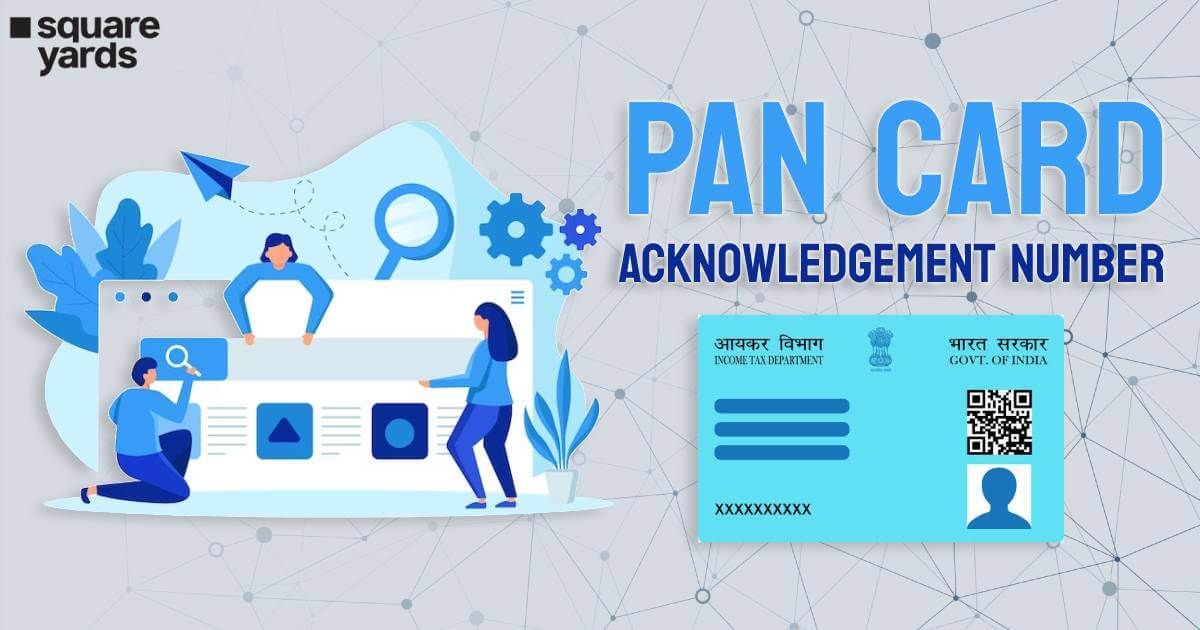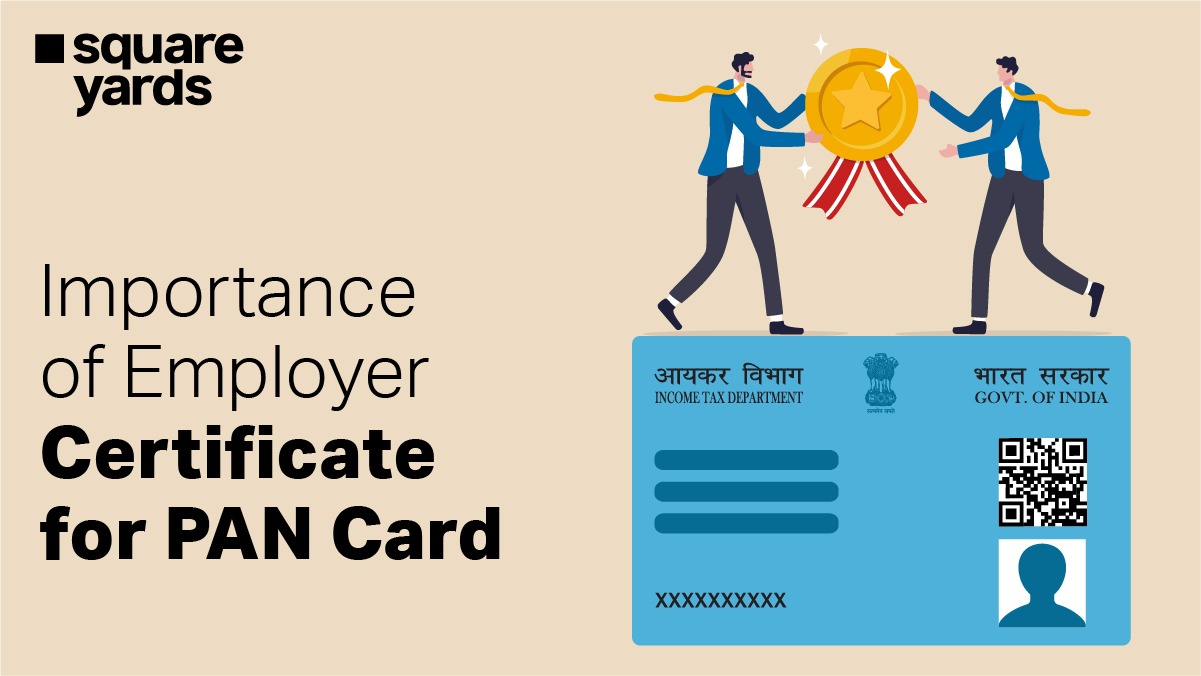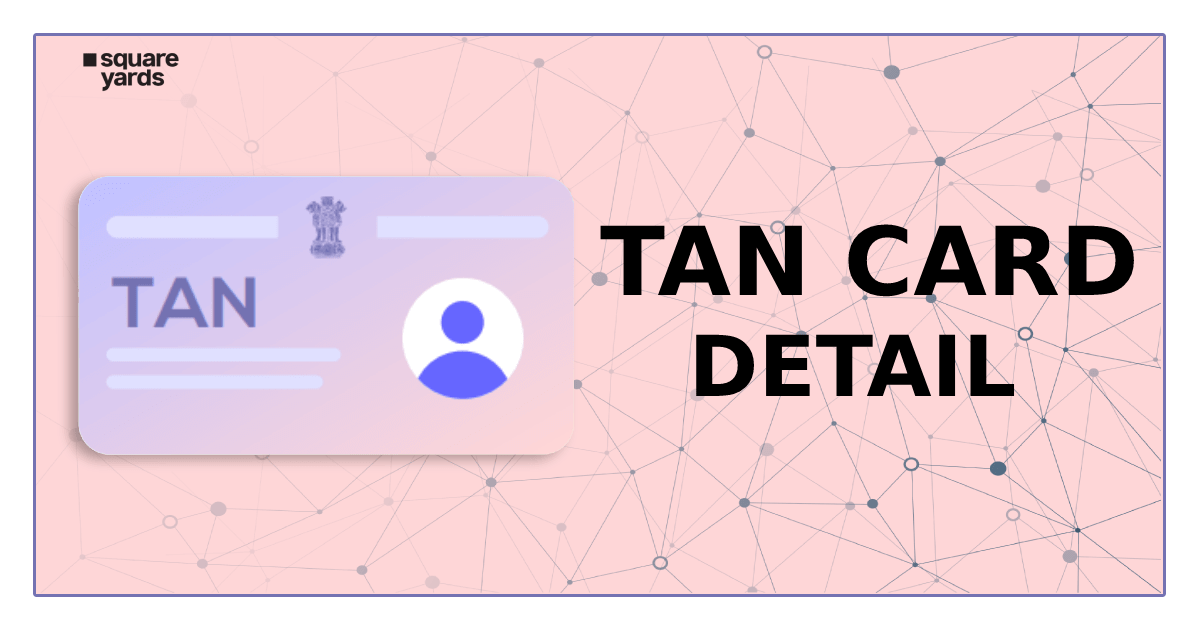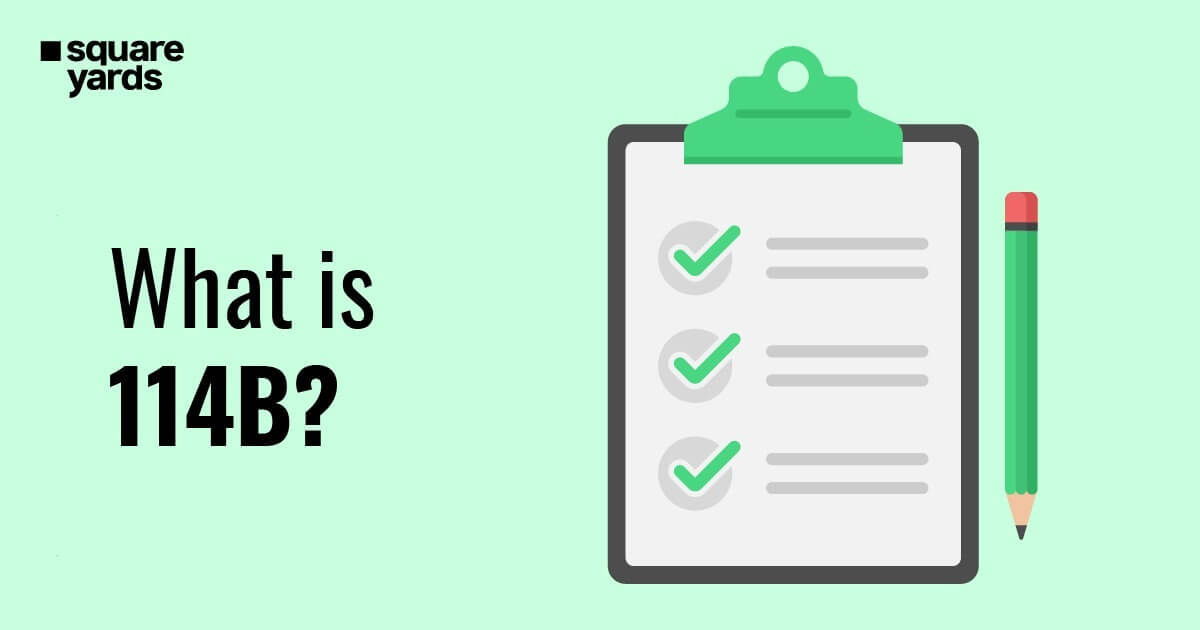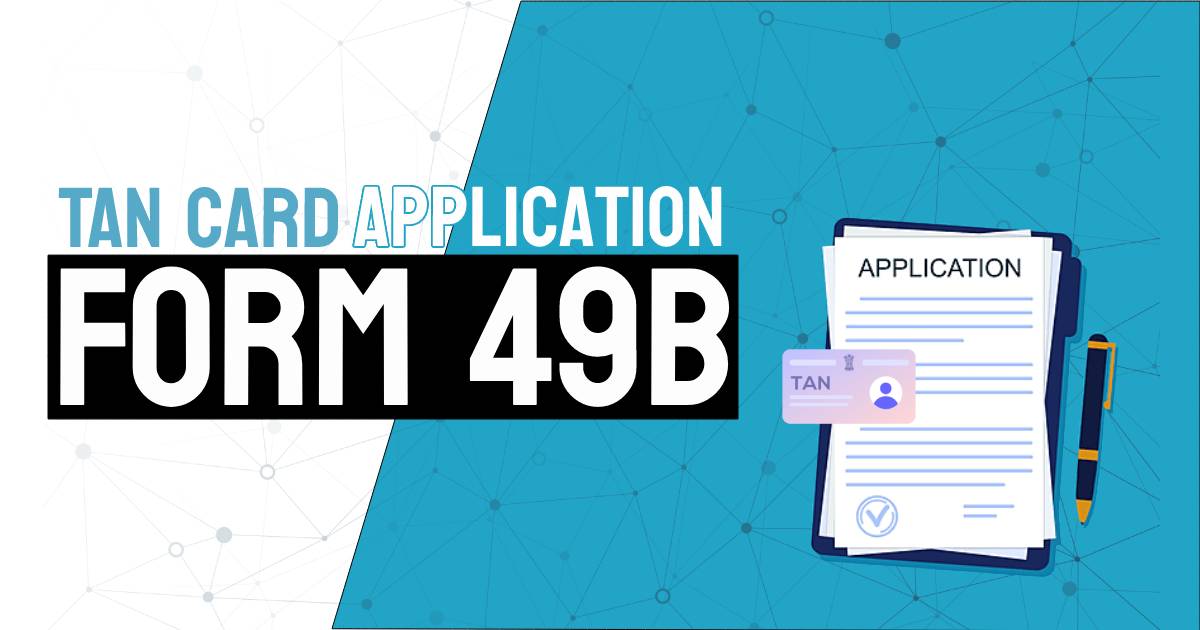An Aadhaar card is a 12 digit unique number sequence that is attached to an individual resident or citizen of India. This was created for the purpose of equipping citizens with a single document that can be used as a proof of identity, proof of address, or even a proof of age. This unique number known as Unique Identification or UID, in short, is used for a multitude of purposes across the public domain, such as availing government schemes, authenticating identification of self and residence, authenticating age, etc.
The government of India saw this idea as a crucial pivot in the identification aspect and immediately invested in it. The establishment of UIDAI or Unique Identification Authority of India, which undertook the mammoth task of issuing Aadhaar card to every citizen of India, proved crucial in the whole implementation process.
Now a natural question arises: how does UIDAI generate an Aadhaar number and how do they issue it? There are several processes and parameters involved in the generation and issuance of an Aadhaar number. This article will take a closer look at each existing process of generation of Aadhaar.
Table of contents
Aadhaar Number Generation
Aadhaar numbers are generated and issued after a meticulous analysis of users’ data by comparing it with standards set as per UIDAI policy. Furthermore, CIDR or Central Identities Data Repository, which is a central database containing all the Aadhaar numbers including respective biometric and demographic information, plays an important role in validating enrolment packets and eliminating the issue of duplications in Aadhaar numbers. In case any Aadhaar number fails to meet the standards prescribed by UIDAI, it’s subjected to rejection.
What is CIDR?
CIDR, short form for Central Identities Data Repository, is an agency supervised by UIDAI which specializes in overseeing operations pertaining to the verification of documents presented by individuals claiming to be who they say they are. CIDR thoroughly analyses these documents and their connection to the said individuals. Moreover, the demographic/biometric authentication process is always taken up with the CIDR for which a yes/no response is prompted by the CIDR either affirming or negating the authenticity of the piece of information.
Transferring User Info to CIDR
Wheneveran applicant presents his information with the enrolment agency, the data is sent to CIDR via the upload client tool. The data gets encrypted once the upload is complete. The encrypted data is stored in the client software in the form of software packets and maintained therein to avoid any sort of duplication. The data transferred to the server use File Transfer Protocol (FTP) to ensure the safety and integrity of the data.
Routine Checkups
Every once in a while the data stored go through a process of sanity checks to ensure the validity, meta-data, and checkpoints of quality assurance.
Archiving Data
Other than the routine checkup, the data is also archived to keep it secured.
Main Process Pipeline
Once the entry-level routine checkups are concluded, the data packets are forwarded to the “main processing pipeline” which includes a few steps of its own. The steps include the following:
Data Validation
An automated data validation process for demographic data is run through CIDR across various levels which include verifying Name, Address, Language, Pincode, Administrative area, Operator, supervisor, Introducer, etcetera.
Anti-Duplication
Another layer of processing is done for the elimination of duplicate data. Duplication happens for many reasons for which there could be multiple users connected to a single Aadhaar number or multiple Aadhaar numbers assigned to a single user. These situations arise many times and CIDR makes sure to reject any duplicate numbers involved.
Manual Quality Check
The data is also sent to manual operators who are assigned a random number of users and their data. The manual operators ensure the demographic information and facial photographs are correct and valid. Other than that, manual quality checkers ensure corrections on age, gender-photo mismatch, age-photo mismatch, and problems with captured data.
Biometric Duplication Check
After all the above checkpoints are met, the data is sent to the biometric sub-system for a biometric duplication check. An Automated Biometric Identification System (ABIS) is used to ensure accurate duplication checks.
Manual Review
Another level of manual verification is done by agents to ensure there are no false matches in duplicate data screened by the Automated Biometric Identification System (ABIS). All these steps guarantee the highest accuracy, and the performance of the agents is also rewarded on a timely basis to ensure quality sanity checks.
Latest Documents on Aadhaar Card
| Aadhaar Authentication | How to Check Aadhaar Authentication History |
| Link Aadhar to PM Kisan | How to Link Aadhaar to PM Kisan |
| Aadhar UCL | Aadhaar UCL Registration |
| mAadhar | Download mAadhaar app |
| Aadhar Status | How to Check Aadhaar Card Status |
| Aadhar Card Lost | How to Recover Lost Aadhaar UID & EID Number |
| Masked Aadhar | How to Download Masked Aadhaar |
| My Aadhaar | Comprehensive Guide about My Aadhaar |
| AePS | Aadhaar Enabled Payment System |
| Aadhaar Update | Change Name, Address, Mobile No. & DOB |
| Aadhar VID | How to Generate Aadhaar Virtual ID |
Once the uniqueness of the applicant is established, he/she is allotted a 12 digit Aadhaar number. The Aadhaar number will henceforth represent the user’s demographic specifications. This data is also sent to the authentication system to ensure all the future authentications run smoothly. Subsequently, the Aadhaar number is updated to the user’s profile and communicated to the cardholder via post.
Will UIDAI be Issuing Cards?
The Unique Identification Authority of India will be merely issuing a Unique Identification Number or UID. However, there will be no issuance of a physical card. Once the Aadhaar number generation is completed by the UIDAI, it will send out the information to the residents via post agencies. They will receive it in the form of a letter which will have the Aadhaar number along with the demographic information of the resident for cross-reference. Although, UIDAI will only guarantee communication of the Aadhaar number, the registrars or the service provider agencies are free to issue a card if requested by the cardholder.
How will Children be Captured in the Database for Aadhaar Generation?
There will be no direct requirement for biometrics for children who are below the age of 5. For the generation of Aadhaar numbers for children, UIDAI will consider their facial photographs and demographic information which needs to be linked with their parents/guardians. However, once the children turn 5 years old, they will be required to update their Aadhaar data by providing scans of ten fingers and iris along with their facial photographs. They will have a window of 2 years to do the same, otherwise, their Aadhaar number will be rejected and deemed invalid. Again, the same steps go to children when they turn 15.
How to Check Aadhaar Generation Status?
There is always this habit of needing to review progress in our day-to-day life. Be it any kind of task that is assigned to somebody else. The applicants who have applied for an Aadhaar Card, may or may not have that curiosity of wanting to check the status of their application but in any case, users can learn how to check the Aadhaar generation status here.
The Steps to Check Enrolment/Update Status are as Follows:
- Go to the official website of Aadhaar Self-Service Update Portal
- Locate the “check enrolment & update status” option by scrolling down the page.
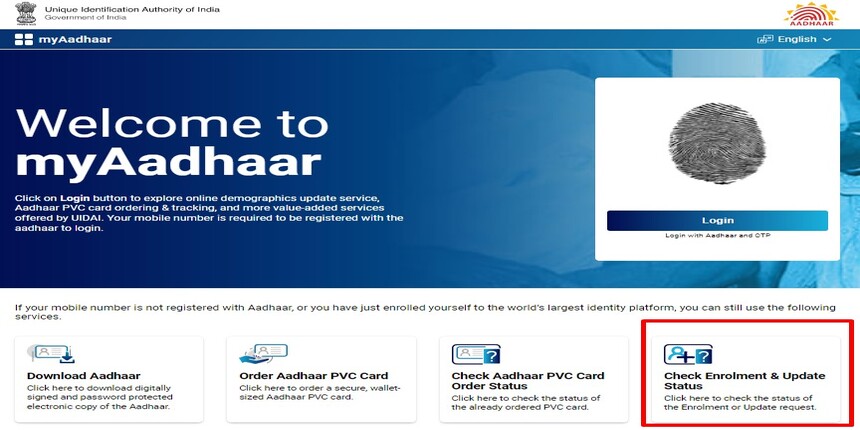
- Click on the option and you will be redirected to a new page.
- Enter your Enrolment ID (EID) or Service Request Number (SRN) to review your Aadhaar generation status.
- EID is a combination of 14 unique numbers and 14 digits of date and time in the format of yyyy/mm/dd/hh/mm/ss that usually can be seen on top of the acknowledgement slip generated by the enrolment agents at the Aadhaar Enrolment Center.
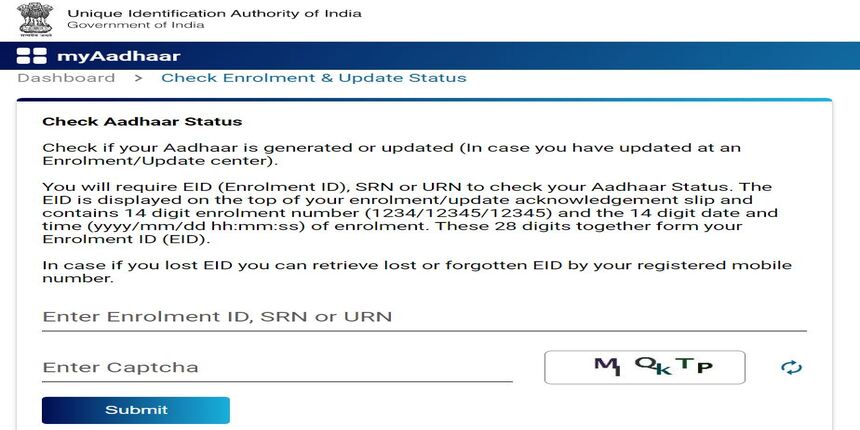
- Applicants will be required to enter their EID and enter the captcha verification code.
- Upon submission of the info, users will be able to check the status of their Aadhaar number generation.
What Are the Reasons for Delay in Generation and Issuance of Aadhaar Number?
It is no doubt that there can be delays and longer waiting periods for the issuance of the Aadhaar number. This can either be due to inconsistencies found in the applications or can also be due to delayed resident information upload by the enrolment agency. Once the user data is transferred to the CIDR, the data undergoes various levels of quality checks and de-duplications. During these verifications, an application can be rejected or be put on hold for inconsistencies in:
- Registrar and EA Code authenticity
- Inaccurate pin code for villages, towns, or cities.
- The authenticity of the enrolment operators and supervisors
- Availability of encrypted key
- Duplicate data
- Gender and Image inconsistencies
- Age and image mismatch
- Typographical errors
- Bad quality images
All these factors can affect the status of an application, leading to further delays in Aadhaar generation and issuance.
FAQ’s about Aadhaar Generation
Q1. How is Aadhaar generation?
Aadhaar generation is a process involving the collection of user demographic information and biometrics from an enrolment camp and then securing and validating the information provided by the user in a thorough and extensive manner involving various levels of screening. Finally, allotting a 12 digit Aadhaar number and communicating the same to the applicants.
Q2. How long does it take for Aadhaar generation?
UIDAI has claimed that the process of generation of an Aadhaar number can take up to 90 days from the submission of the application. Once the complete process is completed, applicants will receive their Aadhaar number communicated to them via post. There is also the provision of downloading an e-Aadhaar card from the website.
Q3. Is the Aadhaar number randomly generated?
The Aadhaar number is a randomly generated 12 digit number that is allotted to residents of India. Once an Aadhaar number is generated, it represents the cardholder’s complete demographic information and his/her biometric data.


